Start Exploring Keyword Ideas
Use Serpstat to find the best keywords for your website
Marketing For SaaS Business From A To Z:
2021 Guide
2021 Guide

This SaaS marketing guide will provide you with key insights to create and execute your marketing plan from A to Z.
1.1 Service licensing
1.2 SaaS business
2. Your website: the core of your marketing plan
2.1 Website design
2.2 Homepage
2.3 Landing pages
2.4 Blog
3. Content marketing
4. Social media marketing
5. Email marketing
5.1 Build your list
5.2 Create compelling content
5.3 Segment your users for better follow-up
6. Influencer marketing
7. Retargeting
8. Analytics
8.1 Google Analytics
8.2 Serpstat
9. Take your SaaS marketing to the next level
SaaS business versus service licensing
Service licensing
SaaS business
Your website: the core of your marketing plan
Website design
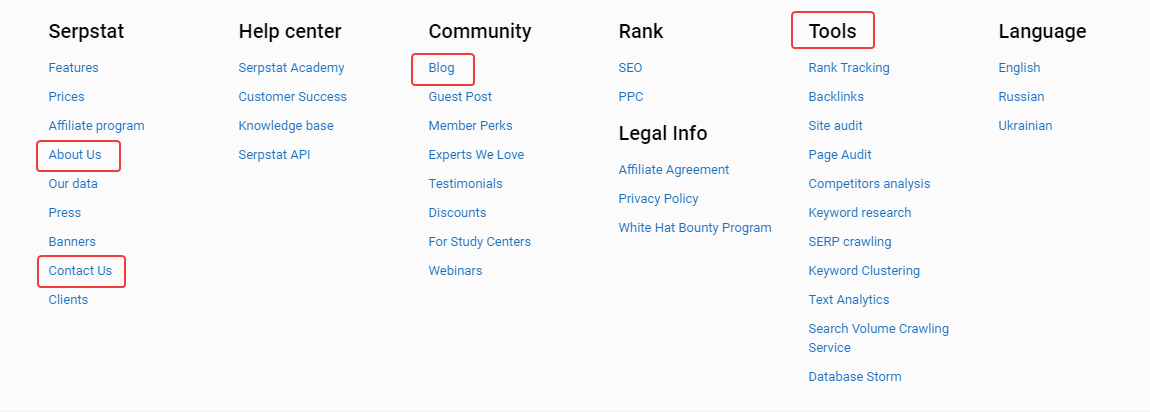
Homepage
Most prospective clients will only spend about 15 seconds browsing your homepage. It's important to use design elements and CTAs that draw them in and encourage them to click through to other pages on your site where they can learn more by watching videos, reading testimonials or case studies, and comparing product features.
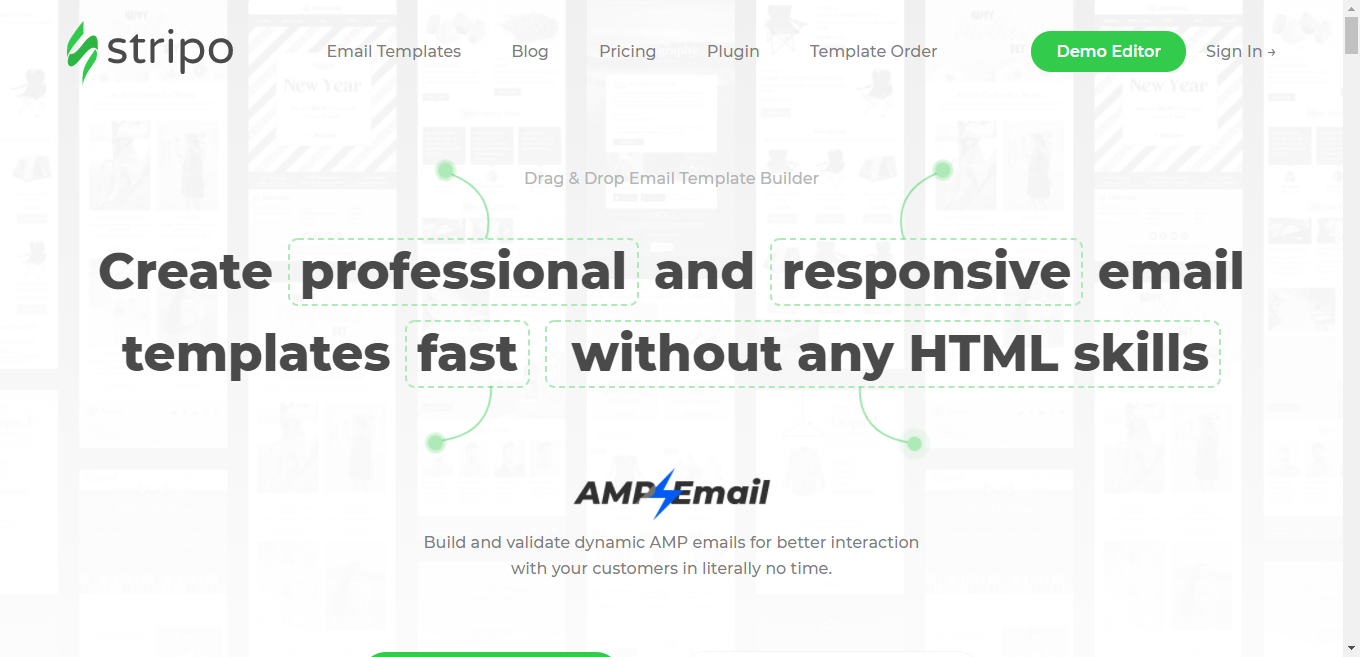
Landing pages
Blog
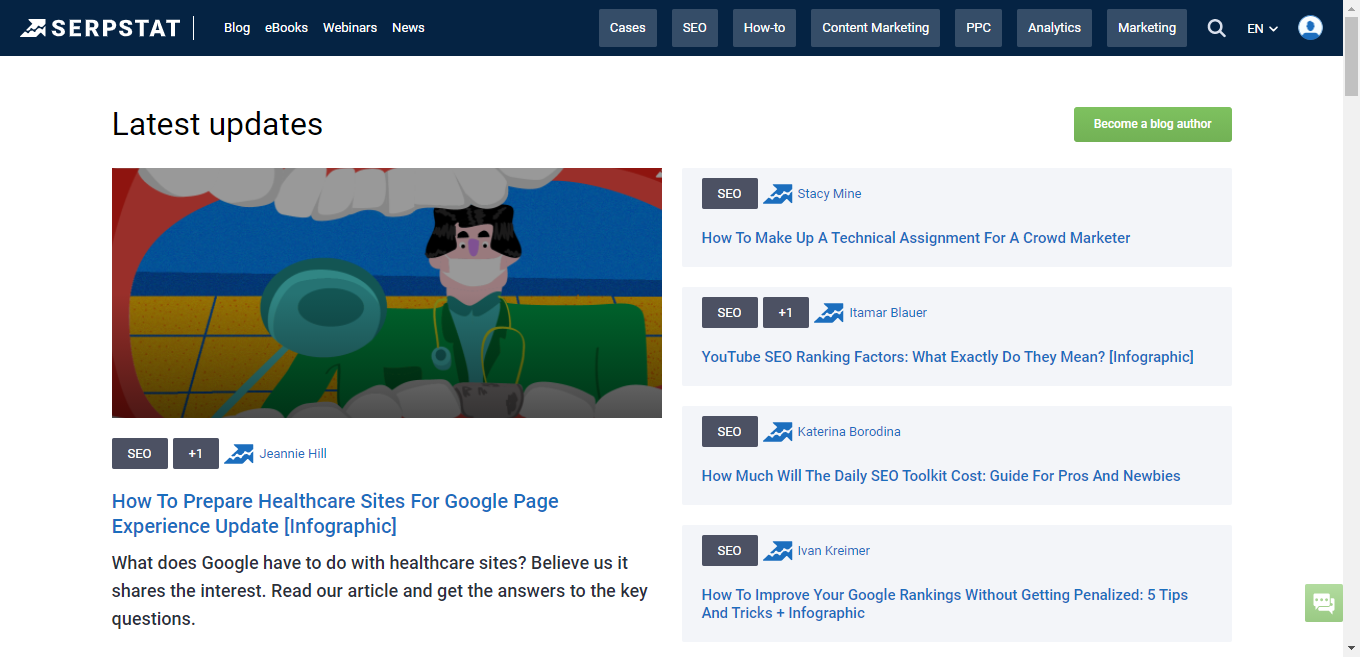
Content marketing
Content marketing is a broad term that covers a wide variety of tactics and includes a range of content types — in other words, it's more than just writing blogs. To be successful in your B2B content marketing:
Social media marketing
While widely used, Facebook and Instagram cater mostly to B2C consumers and may not be as effective for a B2B audience. The key to your SaaS social media strategy is to deploy content on platforms where your B2B audience is engaging and searching for information. Some of the most popular include:
Email marketing
Build your list
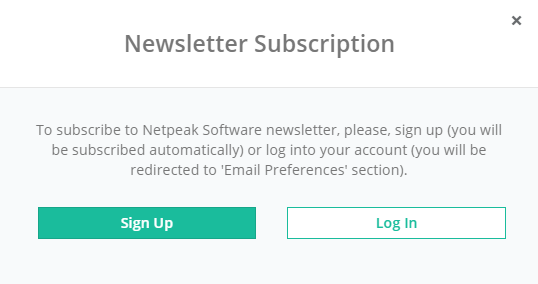
Create compelling content
Segment your users for better follow-up
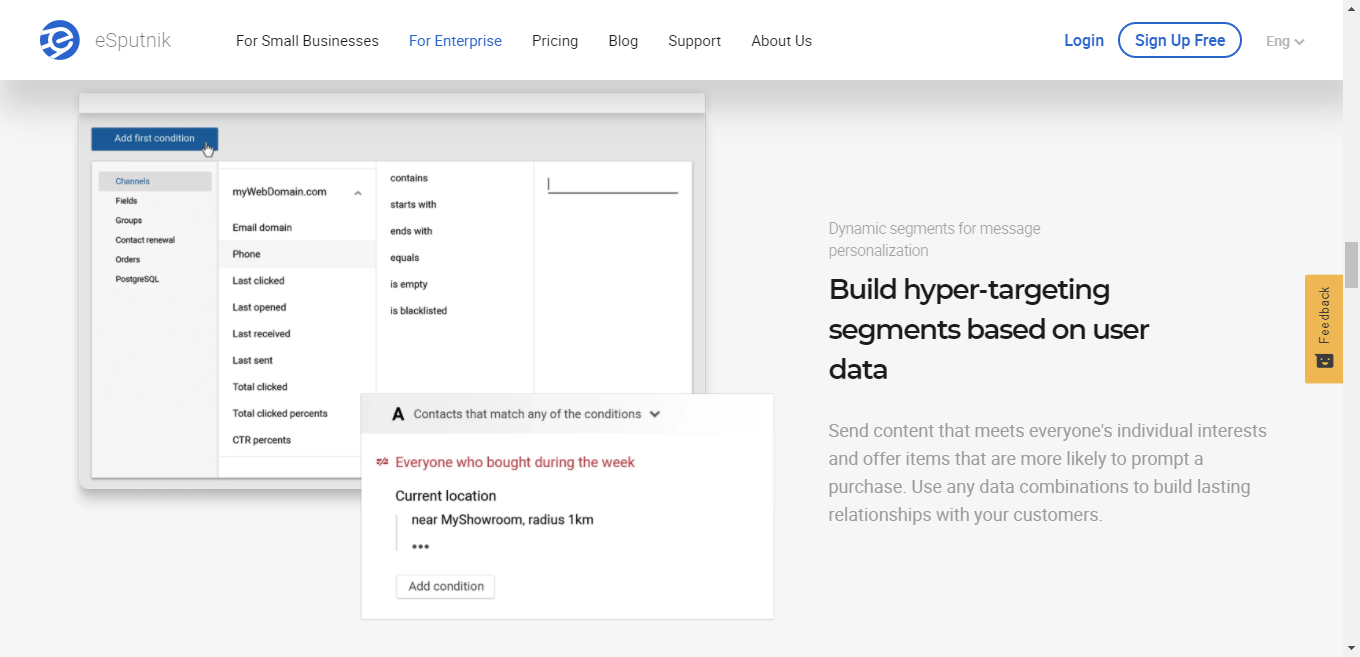
Influencer marketing
Retargeting
Key vendors for B2B retargeting campaigns include:
Analytics
Early on, you can use metrics like total clicks from paid search ads or leads from a landing page to indicate initial interest. As you progress through the sales funnel, product guide downloads and webinar participation help you see how many people are seeking more information about your services. Finally, sales conversion metrics help you see what is working with your bottom-of-the-funnel content.
It's important to track this information at each stage of the funnel so you can properly attribute conversions to the correct sources. Your audience will engage with your brand multiple times, so if you're only assigning the "conversion" to the final touchpoint, you're missing several other important pieces of your analytics puzzle.
Several free analytics monitoring tools are available.
Google Analytics
Serpstat
Social media platforms
Take your SaaS marketing to the next level
Speed up your search marketing growth with Serpstat!
Keyword and backlink opportunities, competitors' online strategy, daily rankings and SEO-related issues.
A pack of tools for reducing your time on SEO tasks.
Discover More SEO Tools
Domain Analysis Tools
SEO Domain Analysis – gain insights into your website's strengths and weaknesses
URL Inspection Tool
Uncover hidden SEO opportunities with our powerful URL Inspection Tool
Keyword Rank Checker
Google Keyword Rankings Checker – gain valuable insights into your website's search engine rankings
Competitor Website Analytics
Complete analysis of competitors' websites for SEO and PPC
Recommended posts
Cases, life hacks, researches, and useful articles
Don’t you have time to follow the news? No worries! Our editor will choose articles that will definitely help you with your work. Join our cozy community :)
By clicking the button, you agree to our privacy policy.

